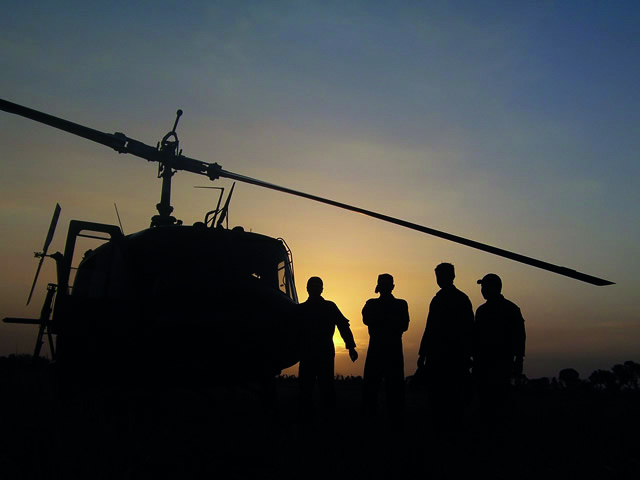The Strengthening of the Colombian Air Force: An Effective Strategy on the Road to Negotiation
DOI:
https://doi.org/10.18667/cienciaypoderaereo.429Keywords:
Air Force, Asymmetrical Warfare, Counterinsurgency, Internal Conflict, Plan ColombiaAbstract
This article discusses how the strengthening of the Colombian Air Force since the beginning of the new millennium, resulted in the military weakening of the Revolutionary Armed Forces of Colombia (FARC-EP). These circumstances, along with the overall strengthening of the national security forces allowed to develop the proper conditions to initiate a set of peace talks between the most remarkable insurgent organization and the Colombian State, in very different conditions from previous experiences.Downloads
References
Cate, D. (2003). The air superiority fighter and defense transformation why DOD requirements demand the F/A-22 Raptor. Maxwell Air Force Base, Ala.: Air University Press.
https://doi.org/10.21236/ADA416312
Cardona J. (2013). Diario del Conflicto: de las delicias a la Habana (1996-2013). Bogotá, Colombia: Ediciones Uniandes.
Chaljub, F. (2014). La operación vuelo de ángel como punto de partida para la modernización de las fuerzas militares de Colombia (1998-2006). Bogotá, Colombia: Universidad Colegio Mayor Nuestra Señora del Rosario.
Douhet, G. (1921). The Command of Air. The Air University. Retrieved from http://www.au.af.mil/au/awc/awcgate/readings/command_of_the_air.pdf
Lombo, J. (2002). El poder aéreo, instrumento decisivo para la resolución de crisis del siglo XXI. Revista Arbor, 674, 231-257.
https://doi.org/10.3989/arbor.2002.i674.1030
Mueller, K. (2010). Air Power. Santa Monica, California: RAND.
Nolte, D., y Flemes, D. (2010). Alianzas externas para armamento y defensa: una nueva dimensión en la agenda de seguridad latinoamericana. Foreign Affairs Latinoamerica, 10 (1), 22-33.
Noriega, R. (2005). Plan Colombia: Major Successes and New Challenges, DISAM Journal of International Security Assistance Management, 27 (4), 57.
Rojas, D. (2006). Balance de la política internacional del gobierno Uribe. Análisis político, 57, 85-105.
Royal Air Force. (2009). British air and space power doctrine. Great Britain: Directorate of Air Staff, Ministry of Defence.
Strong, J. P., y Jaramillo M. (2014). La contribución de la FAC al mantenimiento del control y la unidad territorial colombiana. La Fuerza Aérea Colombiana y sus nuevos retos. Campos de acción en un escenario interno transformado (pp. 79-86). Bogotá, Colombia: Publicaciones FF.MM.
Verdad Abierta. (2013). Así planearon las FARC tomarse el país en los años 90. [En línea] Disponible en http://www.verdadabierta.com/imputaciones/4923-asi-planearon-las-farc-tomarse-el-pais-en-los-anos-90.

Published
Issue
Section
License
Assignment of Copyrights
Authors assign Ciencia y Poder Aéreo journal the exclusive rights (reproduction, distribution, public communication, and transformation) to exploit and commercialize their work, in whole or in part, in all the formats and modalities of present or future exploitation, in all languages, throughout the life of the work and throughout the world.
All contents published in Ciencia y Poder Aéreo journal are licensed under a Creative Commons Attribution 4.0 International License, whose complete information is available at http://creativecommons.org/licenses/by/4.0/
Under the terms of this license, users are free to download, print, extract, archive, distribute and publicly communicate the content of articles, provided that proper credit is granted to authors and Ciencia y Poder Aéreo, scientific journal of the Graduate School of the Colombian Air Force. Except when otherwise indicated, this site and its contents are licensed under a Creative Commons Attribution 4.0 International License.
For other uses not considered under this license it is required to contact the Director or the Editor of the journal at the e-mail address cienciaypoderaereo1@gmail.com.
The Graduate School of the Colombian Air Force and this publication are not responsible for the concepts expressed in the articles, including the metadata or the affiliation stated by authors. This is the full responsibility of the authors.





















